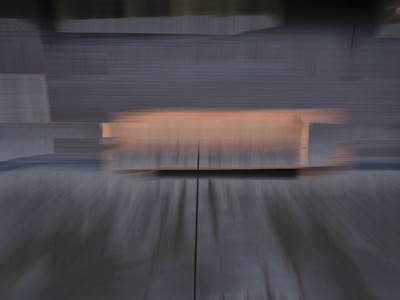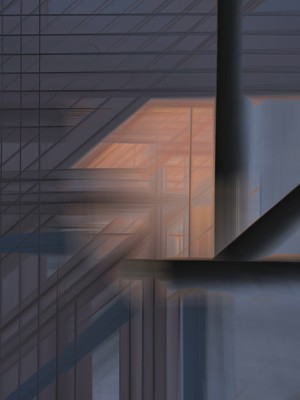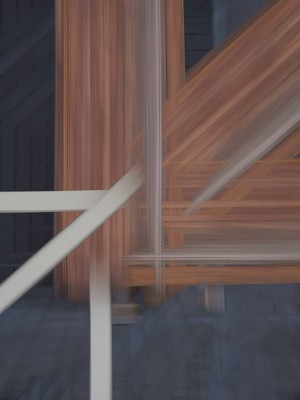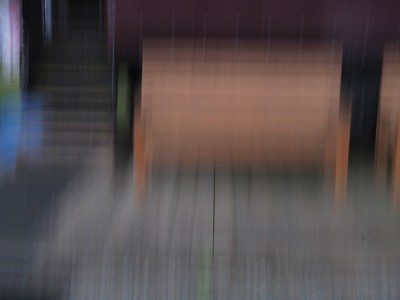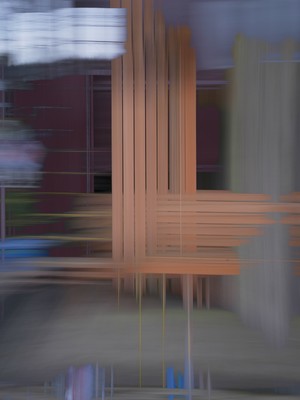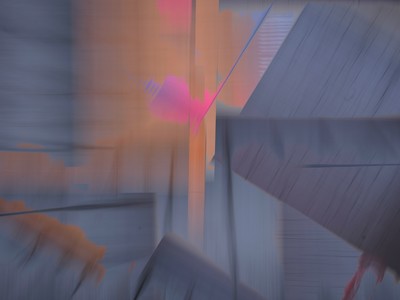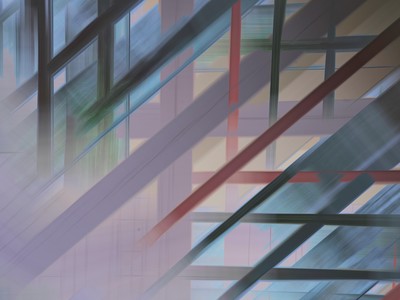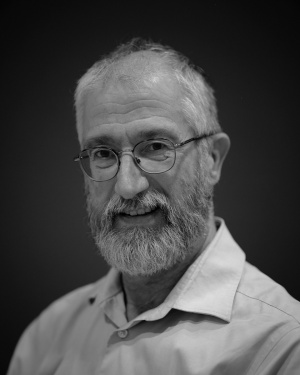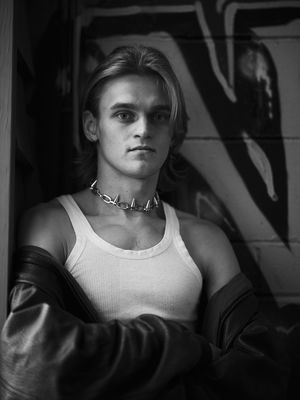
Alex - © John Harrop
Alex
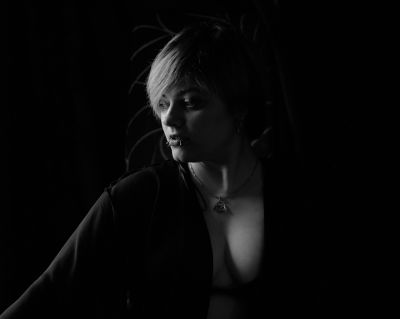
Remembering - © John Harrop
Ginta Greenberg
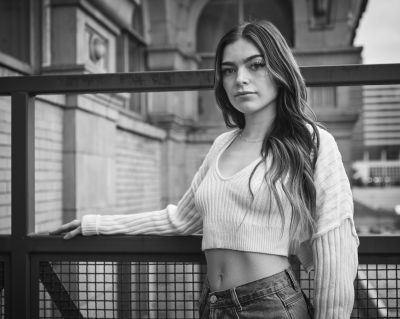
Emma - © John Harrop
Emma Hamelin
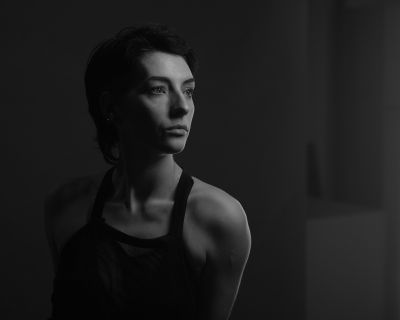
Awareness - © John Harrop
Isabel Klapwyk
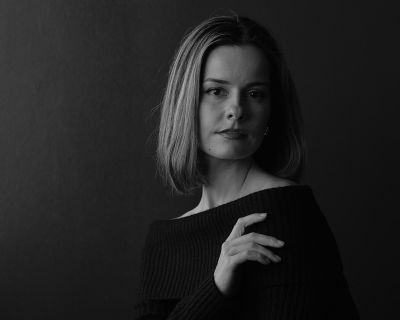
Mariya Window Series - © John Harrop
Mariya Mavka
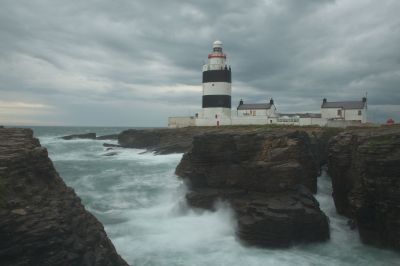
Hook Head Lighthouse - © John Harrop
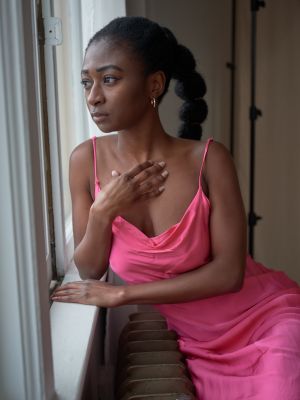
Karen at the Window - © John Harrop
Karen
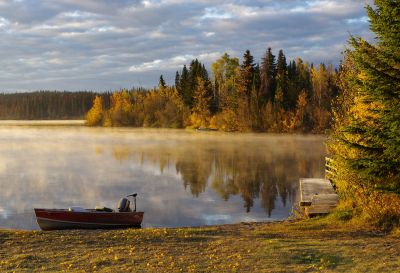
Morning mist on Takysie Lake - © John Harrop
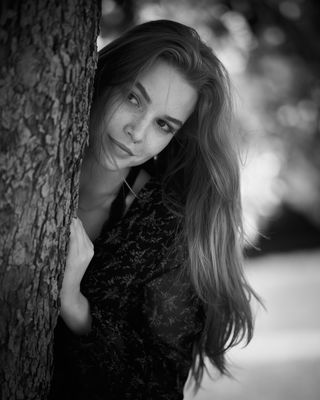
Ezra shy and candid - © John Harrop
Ezra Sulin
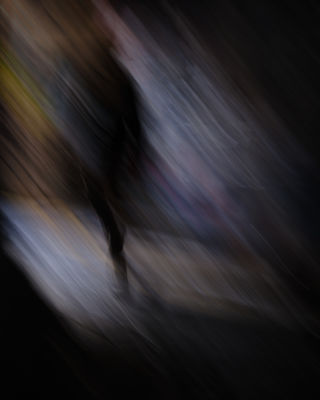
Figure in rainy alley - © John Harrop
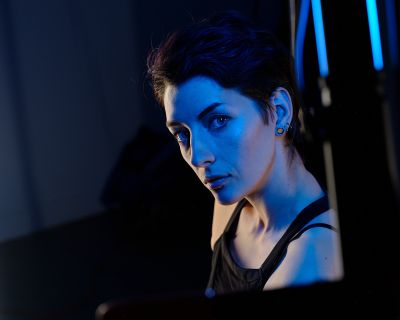
Mixed light portrait of Isabel - © John Harrop
Isabel Klapwyk
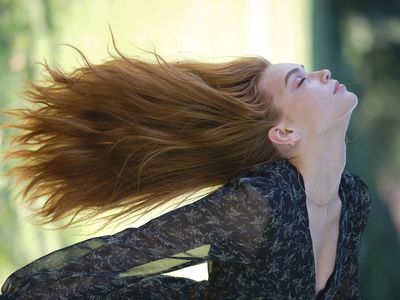
Ezra flying - © John Harrop
Ezra Sulin
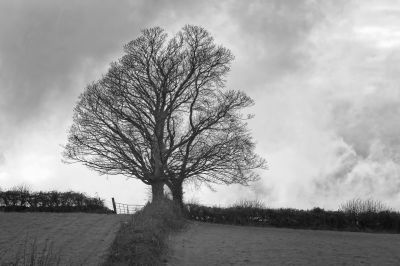
Two Together - © John Harrop
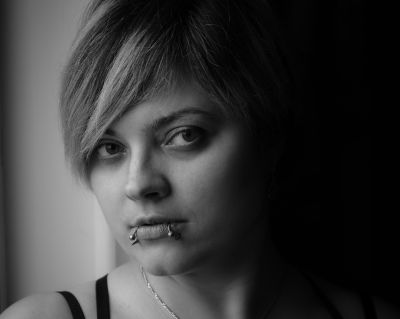
Evening Transition - © John Harrop
Ginta Greenberg
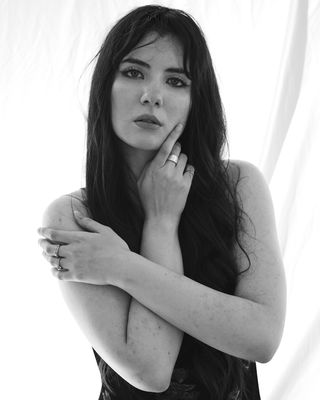
Tatjana backlit portrait - © John Harrop
Tatjana Devic
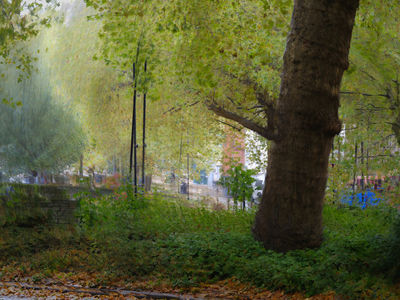
Rain in the park - © John Harrop
